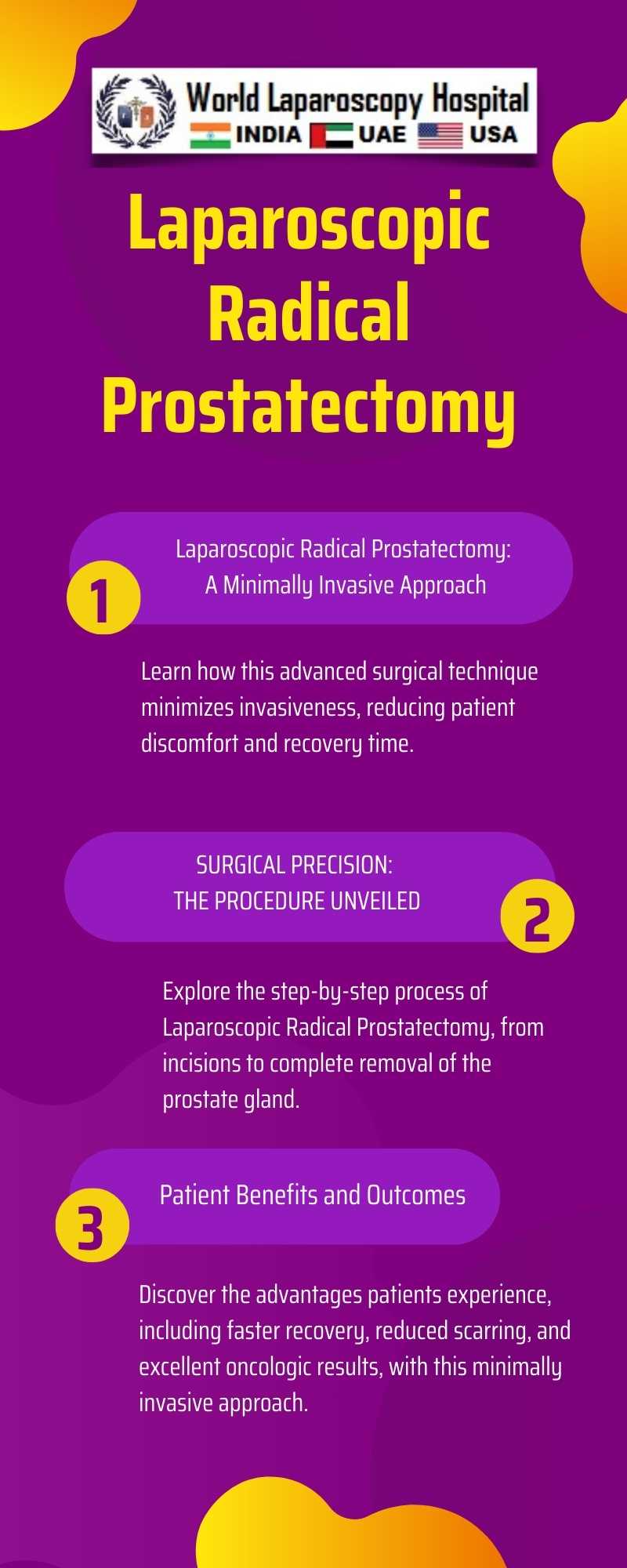In the realm of modern medicine, precision is the key to success. Advancements in surgical techniques have ushered in a new era of healthcare where procedures are becoming increasingly accurate, minimally invasive, and patient-centric. One such groundbreaking procedure that exemplifies these qualities is Laparoscopic Radical Prostatectomy.

Prostate cancer is one of the most prevalent cancers among men worldwide. Traditionally, the treatment options for prostate cancer were limited and often involved invasive surgeries that had significant side effects. However, with the advent of laparoscopic radical prostatectomy, there has been a paradigm shift in the management of this disease. This article explores the nuances of this revolutionary surgical approach and its implications for the future of prostate cancer treatment.
Understanding Laparoscopic Radical Prostatectomy
Laparoscopic Radical Prostatectomy, often referred to simply as "Lap RP," is a surgical procedure designed to remove the prostate gland in cases of localized prostate cancer. What sets this technique apart is its precision and minimally invasive nature. Unlike traditional open surgery, which requires a large incision, laparoscopic surgery involves making several small incisions through which specialized surgical instruments and a camera (laparoscope) are inserted.
The surgeon then uses these instruments to carefully remove the prostate gland while preserving surrounding tissues and nerves. This precision is crucial as it reduces the risk of side effects such as incontinence and erectile dysfunction, which are common with older surgical methods.
The Benefits of Laparoscopic Radical Prostatectomy
1. Minimally Invasive: Laparoscopic surgery significantly reduces trauma to the patient's body compared to open surgery. Smaller incisions mean less pain, faster recovery, and shorter hospital stays.
2. Preservation of Quality of Life: The precision of Lap RP allows for better preservation of the delicate nerves and structures responsible for urinary and sexual function. This means a higher chance of retaining these functions post-surgery.
3. Reduced Blood Loss: Laparoscopic techniques often result in less blood loss during surgery, reducing the need for transfusions.
4. Lower Complication Rates: Studies have shown that Lap RP is associated with fewer complications and a lower risk of infection compared to open surgery.
5. Quicker Return to Normal Activities: Patients who undergo Lap RP typically experience a faster return to their regular routines and daily activities.
The Surgeon's Role in Precision Surgery
The success of Laparoscopic Radical Prostatectomy depends significantly on the surgeon's skill and experience. Surgeons who specialize in this procedure undergo extensive training to master the intricacies of laparoscopic surgery. They must be adept at using advanced technology and working with precision to achieve optimal outcomes.
The use of robotic-assisted surgical systems, such as the da Vinci Surgical System, has further enhanced the precision and dexterity of surgeons during Lap RP. These robotic systems provide a 3D view of the surgical site and allow for even more precise movements.
The Future of Prostate Cancer Treatment
As technology continues to advance, so does the potential for further improvements in Laparoscopic Radical Prostatectomy. Artificial intelligence and machine learning are being incorporated into surgical procedures to assist surgeons in real-time decision-making, enhancing the precision and safety of surgeries.
Additionally, research in genetics and personalized medicine is paving the way for tailored treatment plans based on an individual's genetic profile. This means that in the future, prostate cancer treatments, including Lap RP, could be customized to maximize effectiveness while minimizing side effects based on a patient's unique genetic makeup.
Conclusion
Precision Surgery: Navigating the Future with Laparoscopic Radical Prostatectomy represents a significant leap forward in the management of prostate cancer. Its minimally invasive nature, coupled with its ability to preserve quality of life, makes it a compelling choice for patients facing prostate cancer.
As technology and research continue to evolve, we can expect even more refined and personalized approaches to prostate cancer treatment. Laparoscopic Radical Prostatectomy, with its precision and patient-centric focus, remains at the forefront of this transformative journey, offering hope to countless individuals affected by this prevalent disease. With each successful surgery, we move one step closer to a future where prostate cancer is not only treatable but can be managed with the utmost precision and minimal impact on a patient's life.